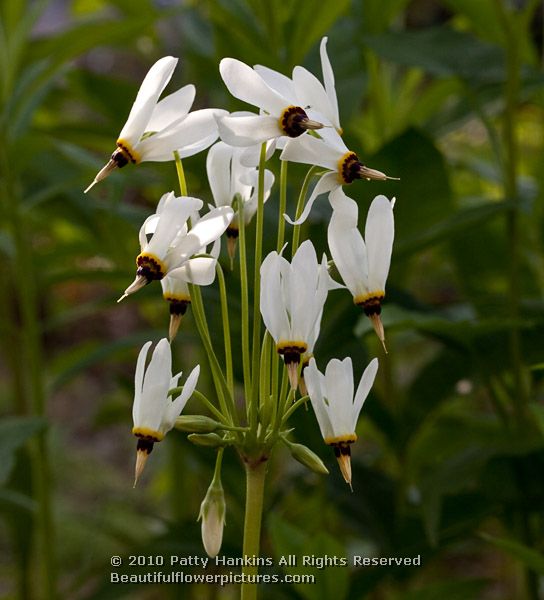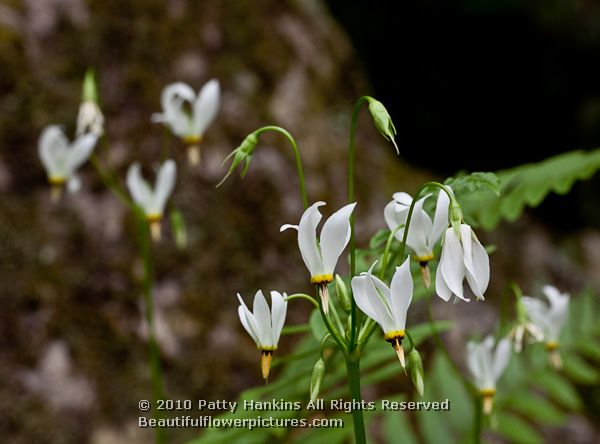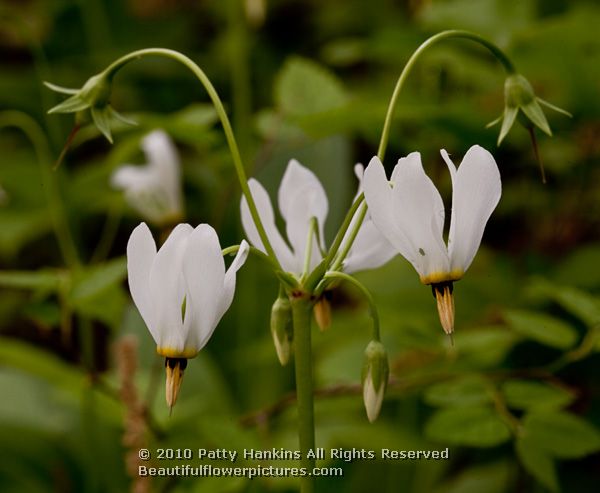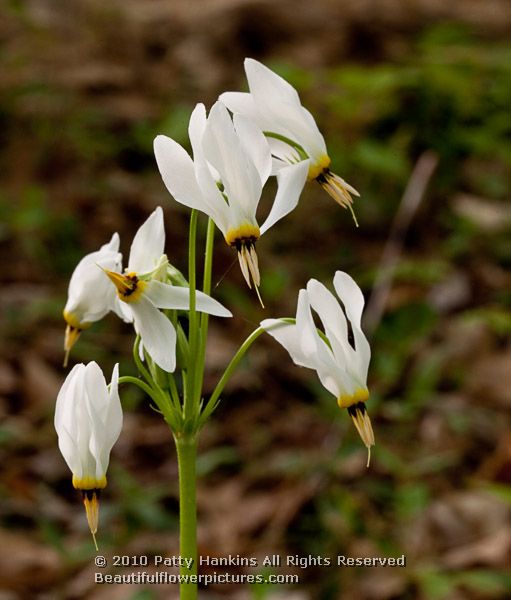
by hankinslawrenceimages | Oct 24, 2011 | Flowers, Photo Locations, Wildflowers, Wyoming
I had an absolutely fantastic time photographing wildflowers at Grand Teton National Park in June. I photographed enough different wildflowers that I share an entire blog post full of just pink and purple wildflowers from just one park!
Fairyslipper or Calypso Orchid – Calypso bulbosa – what can I say – I found one!!!! If you’ve followed my blog for a while, you know I love the native orchids – so you can just imagine how pleased I was to find this Fairyslipper orchid
 © 2011 Patty Hankins
© 2011 Patty Hankins
Few-flowered Shooting Stars – Dodecatheon pulchellum – related to the Shooting Stars I’ve photographed in North Carolina and Tennessee.
 © 2011 Patty Hankins
© 2011 Patty Hankins
Spring Beauty – Claytonia lancelolata – related to the Spring Beauty (Claytonia caroliniana) I photographed in Tennessee.
 © 2011 Patty Hankins
© 2011 Patty Hankins
Smallflowered Woodlandstar – Lithopharagma parviflorum – I loved the way these delicate flowers appeared to dance in the wind
 © 2011 Patty Hankins
© 2011 Patty Hankins
Low Larkspur – Delphinium nutallianum – a relative of the Dwarf Larkspur (Delphinium tricorne) I photographed along the Blue Ridge Parkway.
 © 2011 Patty Hankins
© 2011 Patty Hankins
And finally Ballhead Waterleaf – Hydrophyllum capitatum – one of the first wildflowers to bloom each year at Grand Teton National Park.
 © 2011 Patty Hankins
© 2011 Patty Hankins
With all the wonderful wildflowers I found at Grand Teton National Park in June it should come as no surprise to anyone – I’m already planning my next trip to Grand Teton. I’m hoping to be there for several days in July 2012!
by hankinslawrenceimages | Jul 14, 2010 | Flowers, Wildflowers
This spring one of the wildflowers that I saw and photographed for the first time was Shooting Stars (Dodecatheon meadia). A member of the Primrose Family (primulaceae), I photographed it at Reflection Riding Arboretum in Chattanooga, Tennessee in April and at the Botanical Gardens in Asheville, North Carolina in early May.
 (c) 2010 Patty Hankins
(c) 2010 Patty Hankins
Shooting stars bloom in the spring. Growing up to 2 feet in height, they are easily identified by their nodding flowers with backward pointing petals. Both sets of shooting stars that I photographed had white blossoms. The blossoms can be found in a range of colors from white through the pinks and into the purples. They grow in open woods, meadows and prairies.

(c) 2010 Patty Hankins
This wildflower got it’s common name from it’s resemblance to celestial shooting stars. It’s botanical name is derived from the Greek dodeca (twelve) and theos (god) – referring to the primrose family’s traditionally association with and protection by twelve superior gods – a relationship first defined by Pliny. Other common names for Shooting Stars include Pride of Ohio, American Cowslip and Johnny Jump.

(c) 2010 Patty Hankins
Shooting stars are native to North America – found from New York south to Floria, west to Texas and north to Minnesota and in the Canadian province of Manitoba. It is listed as endangered in Florida, Michigan, Minnesota and Pennsylvania.
 (c) 2010 Patty Hankins
(c) 2010 Patty Hankins
I would love to find some of the pink and purple shooting stars to photograph. From photos I’ve seen on the web – they can be spectacular.
If you’d like to learn more about Gray’s Lilies – some online sites with additional information include
Hort.net profile of Dodecatheon meadia
USDA Plant Profile for Dodecatheon meadia
Native Plant Network Protocol for Dodecatheon meadia
Lady Bird Johnson Wildflower Center: Dodecatheon meadia
Missouriplants.com profile for Dodecatheon meadia
Revision of Dodecatheon by James L. Reveal










